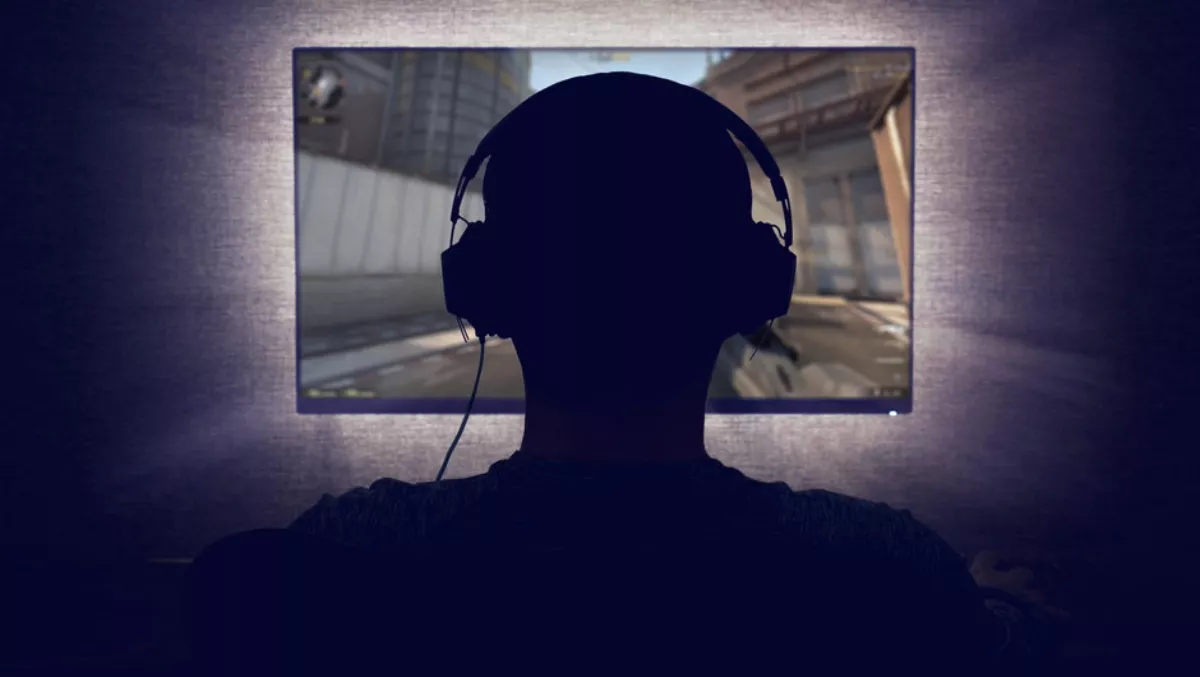
AMD delivers data center grunt for Google's new game streaming platform
Following Google's announcement of Stadia, a game streaming platform that will rely heavily on Google's data centers, AMD has revealed its part in how it will support the platform.
Google Stadia is billed as a game streaming platform that enables people to play games in up to 4K, HDR and in surround sound. To deliver the game-as-a-service platform, Google is using its data center and networking technologies to deliver games with the lowest latency possible.
Google developed Stadia using a mix of Vulkan and Linux-based technologies, with custom AMD Radeon datacenter GPUs.
Delivering game streaming requires ultra-high performance processing capabilities, but also advanced technologies to tackle data center challenges like security, manageability, and scalability.
The GPUs will deliver second-generation High-Bandwidth Memory (HBM2) for power savings, critical data center features like Error Correcting Code (ECC)1 protection to ensure data integrity, and security features for cloud-based gaming.
''We've worked closely with AMD for years on this project, leading to the development of a custom GPU with leading-edge features and performance for Google Stadia,'' comments Google Stadia developer platform lead Dov Zimring.
''Google and AMD share a commitment to open source with expertise in Vulkan, open source Vulkan GPU drivers, and open source graphics optimization tools. We're humbled by the spirit of innovation and collaboration that exists throughout the gaming industry and look forward to pioneering the future of graphics technology with game developers, in open source.''
Custom AMD high-performance Radeon datacenter GPUs for Google Stadia include:
- Second-generation High-Bandwidth Memory (HBM2) to provide power savings in a compact footprint;
- Critical data center features such as Error Correcting Code (ECC)1 protection to help ensure data integrity;
- Fast, predictable performance with security features for cloud-based gaming, via the industry's first hardware-based GPU virtualization solution built on industry standard SR-IOV (Single-Root I/O Virtualization) technology.
In combination, the tools will help deliver Stadia to millions of users on demand.
'By combining our gaming DNA and data center technology leadership with a long-standing commitment to open platforms, AMD provides unique technologies and expertise to enable world-class cloud gaming experiences,'' comments AMD datacenter GPU business unit corporate vice president and general manager, Ogi Brkic.
''AMD is delighted to work with Google in its effort to bring amazing gaming experiences to legions of gamers around the world with the reliability and no-compromises performance they expect.''
The AMD graphics architecture supports a wide range of today's gaming platforms from PCs to major game consoles. They enable developers to optimize their games for a single GPU architecture and extend these benefits across multiple platforms which now include large-scale cloud gaming platforms.
AMD softtware tools will also allow developers to optimise games and other applications for AMD Radeon GPUs.


